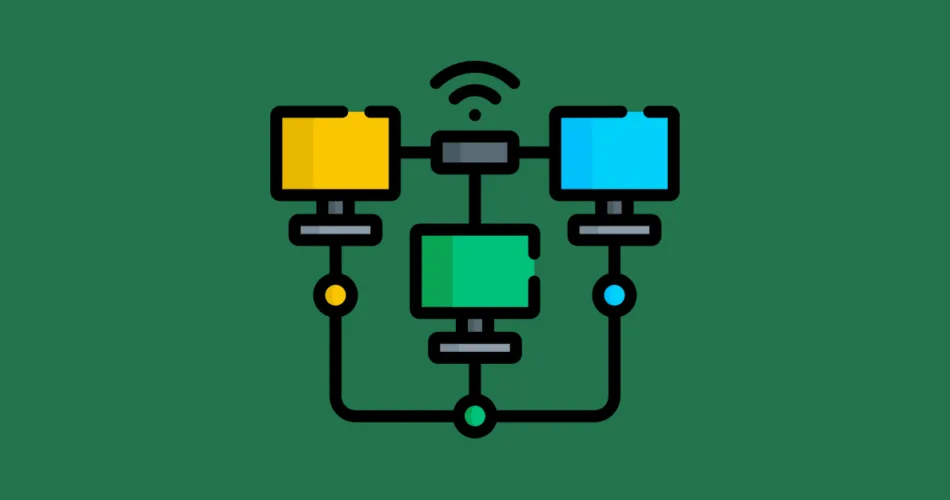Welcome to our introduction to networking in Java! In this post, we’ll delve into the basics of networking using Java’s networking APIs and explore how you can establish connections, send data, and receive data between different devices over a network. Networking plays a crucial role in modern applications, allowing them to communicate seamlessly across the web.
Understanding Networking Basics
Networking involves communication between two or more devices connected through a network. In Java, the java.net package provides classes and interfaces to facilitate networking tasks. These APIs enable you to create client-server applications, transfer data, and establish connections.
Working with Network Connections
To establish a network connection, Java provides the Socket class. Sockets allow two devices to communicate over a network through input and output streams. Here’s a simple example of creating a client socket:
import java.net.*;
import java.io.*;
public class Client {
public static void main(String[] args) {
try {
Socket socket = new Socket("example.com", 8080);
// Perform data exchange using input and output streams
socket.close();
} catch (IOException e) {
e.printStackTrace();
}
}
}
Similarly, to create a server socket, Java provides the ServerSocket class. Server sockets wait for client connections and enable communication once a connection is established.
Understanding Datagram Packets
Java’s networking capabilities extend to UDP (User Datagram Protocol) communication through DatagramSocket and DatagramPacket classes. UDP is connectionless and works well for scenarios where low overhead is essential, such as streaming media or online gaming.
Working with URL Connections
If you need to interact with web resources, Java offers the URLConnection class. This class provides a high-level interface for connecting to URLs and exchanging data. Let’s take a look at a basic example:
import java.net.*;
import java.io.*;
public class URLExample {
public static void main(String[] args) {
try {
URL url = new URL("https://www.example.com");
URLConnection connection = url.openConnection();
BufferedReader reader = new BufferedReader(
new InputStreamReader(connection.getInputStream()));
String line;
while ((line = reader.readLine()) != null) {
System.out.println(line);
}
reader.close();
} catch (IOException e) {
e.printStackTrace();
}
}
}
By using the URLConnection class, you can easily fetch data from web resources, read responses, and perform various operations over the network.
Conclusion
Networking is a vital aspect of modern software development, allowing applications to communicate and share data over the internet. In this post, we’ve covered the basics of networking in Java, including creating network connections, working with datagram packets, and interacting with URLs. With this foundational knowledge, you can explore more advanced networking concepts and build robust networked applications.
Subscribe to our email newsletter to get the latest posts delivered right to your email.


Comments